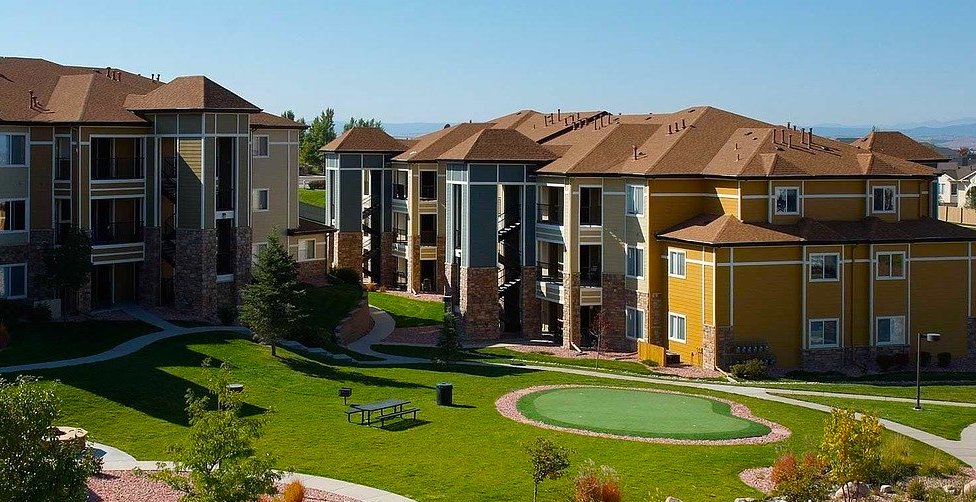Let me begin by saying, on behalf of all of us at Multifamily Design+Construction and our parent company, SGC Horizon, that I wish you and your family, friends, and coworkers well amid the turmoil of this terrible pandemic.
Turning to more mundane matters, multifamily seems to be one sector in the construction industry that’s holding its own. The AIA’s Architectural Billing Index for August showed multifamily at a three-month rolling index of 47.5—not great (a score above 50 indicates positive growth), but well above mixed-practice (44.0), institutional (39.5), and commercial/industrial (35.4). AIA Chief Economist Kermit Baker, PhD, Hon. AIA, ventured so far as to say that multifamily “came close to seeing billings growth for July” (the last month measured).
Some positives for multifamily housing
Baker’s opinion was confirmed by Brad Hunter, former Managing Director at RCLCO (now Principal at Hunter Housing Economics), in a segment (https://bit.ly/3lVZ1QM) of “The Weekly” (horizontv.bdcnetwork.com), our new streaming service (Thursdays, 1pm Eastern).
Citing RCLCO’s Mid-Year 2020 Sentiment Survey, Hunter said most analysts believed multifamily rental and active-adult housing had “already hit bottom,” although independent living and assisted living/memory care were “still in full downturn mode.”
In speaking to many multifamily architects and contractors over the summer I came away with the feeling that, while their businesses had suffered a huge hit in March, April, and early May, conditions had started to brighten in late May and June—not gangbusters, to be sure, but steady improvement that continued into the Labor Day weekend.
Student housing in turmoil
I interviewed Mitch Dalton, Chief Director of Design at Core Spaces, in early July for “The Weekly” (https://bit.ly/3i6zzFB) about his company’s survey of 2,500 of its tenants—students who live in Core Spaces’ off-campus housing. Ninety percent said they wanted to come back to campus. Most (73%) said they would return to their off-campus apartments even if their institutions offered only online instruction. Most (60%) said they were dissatisfied with remote learning. Even so, four in five (80%) said they would rather study remotely in their college apartments than at home.
A month after my chat with Dalton, many of the nation’s more than 4,000 colleges and universities were still struggling with whether to open for in-person instruction, go fully remote, or try some sort of hybrid scheme. Most eventually went 100% online, but some, notably the University of North Carolina at Chapel Hill, opened up the campus, only to have to shut down a week later when clusters of Tar Heels started testing positive for the virus. What a mess. Let’s hope for a proven vaccine soon. Meanwhile, please keep safe, wear your mask (and PPE on the job site), wash your hands, and maintain a safe distance.
Related Stories
Smart Buildings | Jan 7, 2015
Best practices for urban infill development: Embrace the region's character, master the pedestrian experience
If an urban building isn’t grounded in the local region’s character, it will end up feeling generic and out-of-place. To do urban infill the right way, it’s essential to slow down and pay proper attention to the context of an urban environment, writes GS&P's Joe Bucher.
| Jan 6, 2015
Construction permits exceeded $2 billion in Minneapolis in 2014
Two major projects—a new stadium for the Minnesota Vikings NFL team and the city’s Downtown East redevelopment—accounted for about half of the total worth of the permits issued.
| Jan 2, 2015
Construction put in place enjoyed healthy gains in 2014
Construction consultant FMI foresees—with some caveats—continuing growth in the office, lodging, and manufacturing sectors. But funding uncertainties raise red flags in education and healthcare.
Sponsored | | Dec 30, 2014
Case studies: Engineered wood brings cost savings, design flexibility across commercial project types
For commercial architects facing increasing pressure to design innovative structures while simultaneously cutting costs and accommodating tight deadlines, engineered wood systems are providing a welcome solution.
| Dec 28, 2014
Robots, drones, and printed buildings: The promise of automated construction
Building Teams across the globe are employing advanced robotics to simplify what is inherently a complex, messy process—construction.
| Dec 28, 2014
AIA course: Enhancing interior comfort while improving overall building efficacy
Providing more comfortable conditions to building occupants has become a top priority in today’s interior designs. This course is worth 1.0 AIA LU/HSW.
| Dec 28, 2014
6 trends steering today's college residence halls
University students want more in a residence hall than just a place to sleep. They want a space that reflects their style of living and learning.
| Dec 22, 2014
Studio Gang to design Chicago’s third-tallest skyscraper
The first U.S. real-estate investment by The Wanda Group, owned by China’s richest man, will be an 88-story, 1,148-ft-tall mixed-use tower designed by Jeanne Gang.
| Dec 17, 2014
ULI report looks at growing appeal of micro unit apartments
New research from the Urban Land Institute suggests that micro units have staying power as a housing type that appeals to urban dwellers in high-cost markets who are willing to trade space for improved affordability and proximity to downtown neighborhoods.
| Dec 15, 2014
SHoP Architects plans to turn NY's Seaport District into pedestrianized, mixed-use area
The scheme includes a proposed 500-foot luxury residential tower that would jut out into the harbor, extending the Manhattan grid out into the waterfront.
















